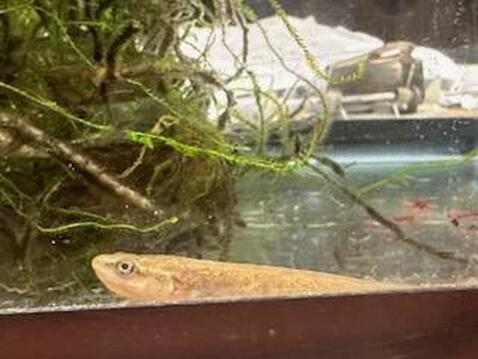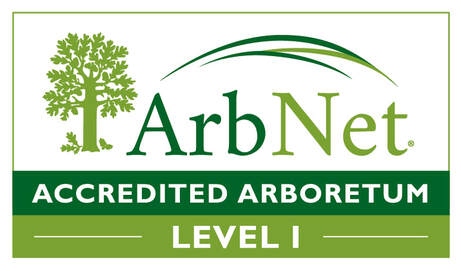Striped Newt

Common Name: Striped Newt
Scientific Name: Notophthalmus perstriatus
Physical Description: The Striped Newt grows up to 4 inches as an adult and is an olive green to brown color. They have a yellow to tan underside with black speckling, with a brighter orange color all around as an eft (juvenile-intermediate stage)1. Gills are present in the aquatic-larval stage.
Habitat: Striped Newts have a biphasic lifestyle, or a two-part life cycle. They start as aquatic larva living in wetlands, and then undergo metamorphosis and move onto land. They inhabit dry upland habitats, such as sandhills, but can also inhabit scrubs and flatwoods2. They prefer burned regions, versus regions encroached by hardwood, thus prescribed burning is important to create their ancestral fire regimes.
Range: They can be found in Florida and Georgia in the United States of America.
Diet: Striped Newts eat insects and vegetation.
Life Span: They live 12 to 15 years in the wild, and up to 17 in human care.
Social Structure: They are solitary outside of the breeding season.
Status: Near Threatened3
Other: The Striped Newt has a complex life cycle. They start as fully aquatic larva that breathe via their gills. They will then morph into a terrestrial eft (juvenile) or stay aquatic as a paedeomorph, or adult that retains aquatic larval characteristics but can reproduce. As an eft, they are toxic to predators, and thus have bright colorations to warn away potential predators. Paedomorphs will morph into fully terrestrial adults, and lose their gills as ponds dry, while efts will morph from their terrestrial form, into an adult Striped Newt form after time passes.
1 https://www.jacksonvillezoo.org/striped-newt-
2 https://myfwc.com/wildlifehabitats/profiles/amphibians/striped-newt/
3 https://www.iucnredlist.org/species/14872/4467255
Scientific Name: Notophthalmus perstriatus
Physical Description: The Striped Newt grows up to 4 inches as an adult and is an olive green to brown color. They have a yellow to tan underside with black speckling, with a brighter orange color all around as an eft (juvenile-intermediate stage)1. Gills are present in the aquatic-larval stage.
Habitat: Striped Newts have a biphasic lifestyle, or a two-part life cycle. They start as aquatic larva living in wetlands, and then undergo metamorphosis and move onto land. They inhabit dry upland habitats, such as sandhills, but can also inhabit scrubs and flatwoods2. They prefer burned regions, versus regions encroached by hardwood, thus prescribed burning is important to create their ancestral fire regimes.
Range: They can be found in Florida and Georgia in the United States of America.
Diet: Striped Newts eat insects and vegetation.
Life Span: They live 12 to 15 years in the wild, and up to 17 in human care.
Social Structure: They are solitary outside of the breeding season.
Status: Near Threatened3
Other: The Striped Newt has a complex life cycle. They start as fully aquatic larva that breathe via their gills. They will then morph into a terrestrial eft (juvenile) or stay aquatic as a paedeomorph, or adult that retains aquatic larval characteristics but can reproduce. As an eft, they are toxic to predators, and thus have bright colorations to warn away potential predators. Paedomorphs will morph into fully terrestrial adults, and lose their gills as ponds dry, while efts will morph from their terrestrial form, into an adult Striped Newt form after time passes.
1 https://www.jacksonvillezoo.org/striped-newt-
2 https://myfwc.com/wildlifehabitats/profiles/amphibians/striped-newt/
3 https://www.iucnredlist.org/species/14872/4467255






